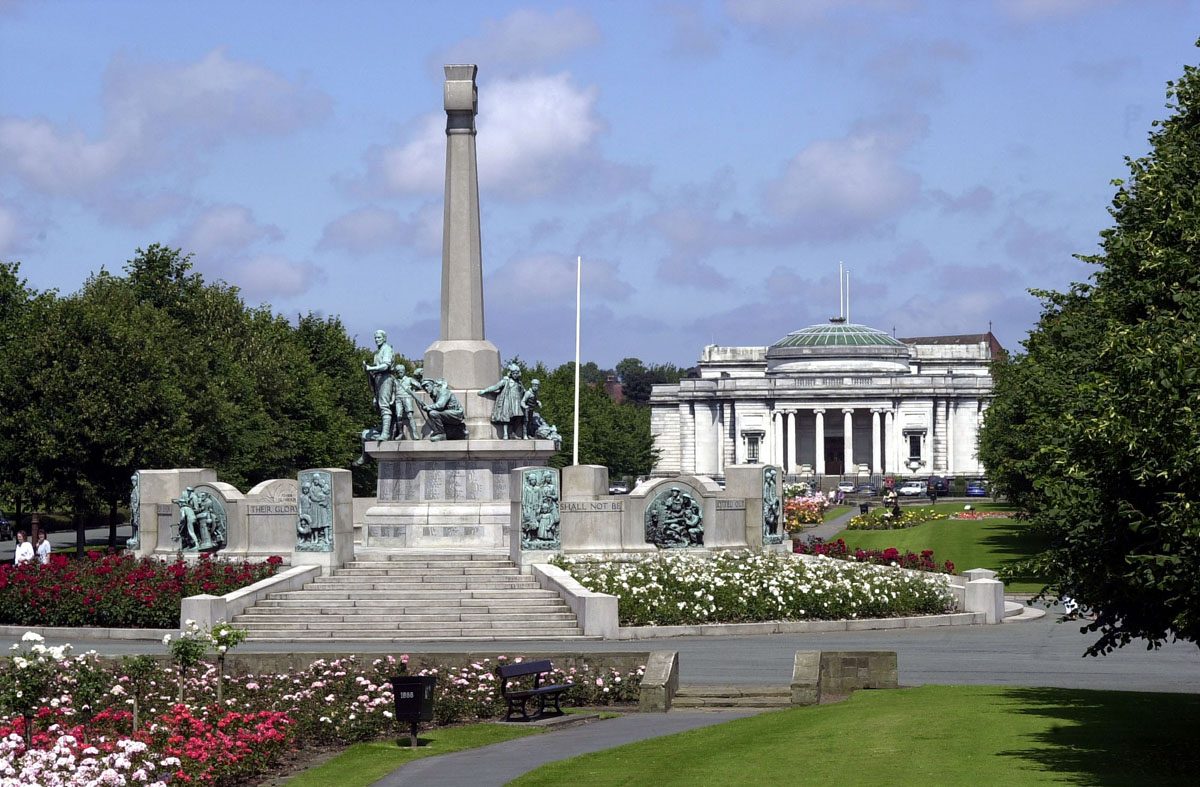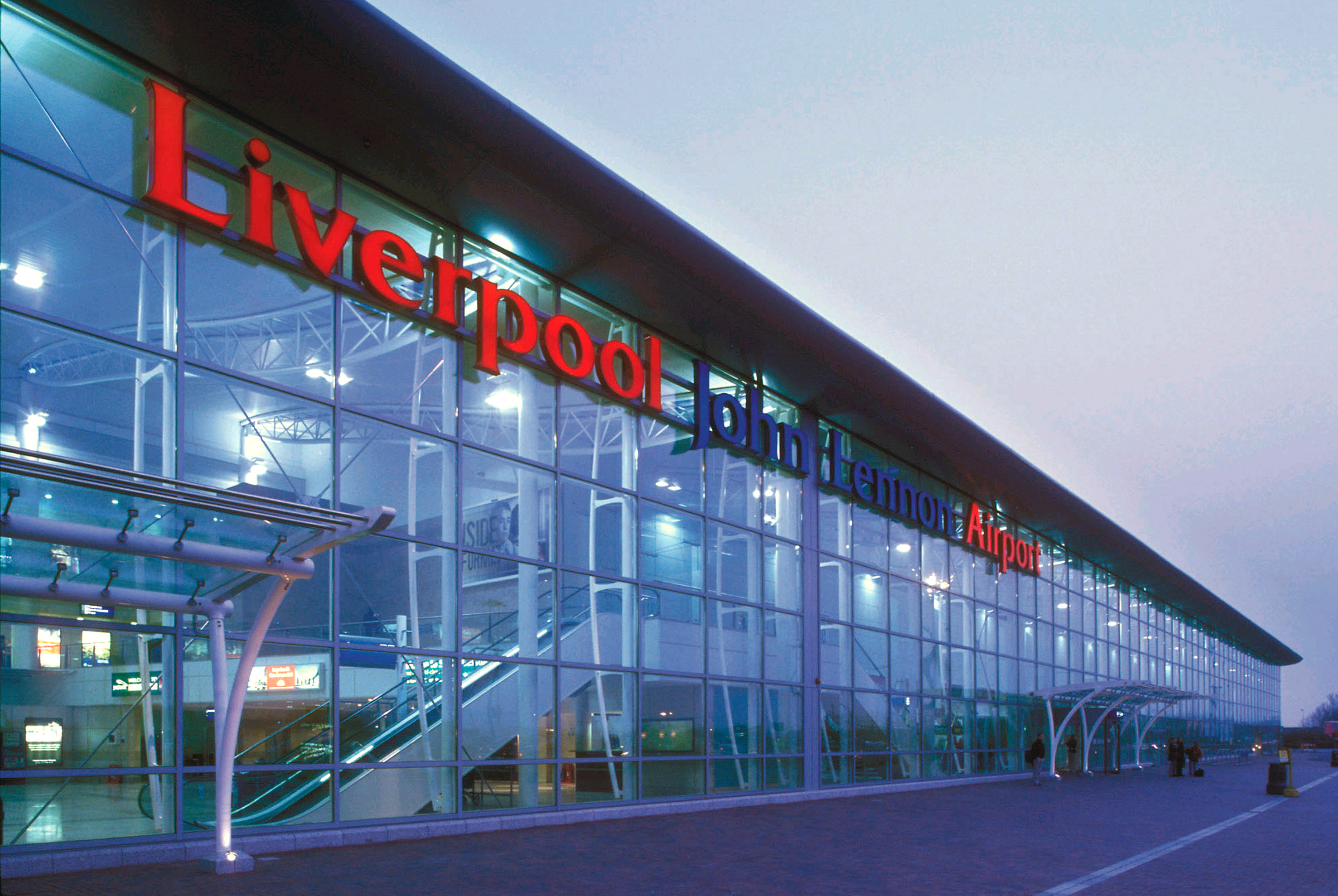Our Visitor Economy is, truly, a sector growing from strength to strength.
It supports 49,000 jobs. It generates £3.8bn annually for our economy and it attracts over 58 million visitors a year.
We all know the wonderful assets that make up the ‘crown jewels’ of our Visitor Economy – our cultural and heritage attractions (for instance – did you know that Liverpool has more museums and galleries than any other UK city region outside of London?), our show-stopping events, our sporting pedigree, our musical heritage, our spectacular architecture – old and new- and the warmth of the welcome here.
So how best do you measure that? Well, it’s in terms of visitor numbers, the quality of the visitor experience and the interest shown in this destination by people all over the world.

Here at the LEP we have our very own full-service research agency, North West Research, that has a particular interest and specialism in evaluating the tourism industry. Not only do we collate all of the Visitor Economy data for the City Region, we also help our clients gain a competitive advantage by providing intelligence used to inform strategy and marketing plans.
Over the summer two important reports were released showing the rise of our Visitor Economy in the City Region. The annual STEAM (Scarborough Tourism Economic Activity Monitor) results were released in June, a report commissioned by the LEP, which monitors local economic activity within the tourism sector; while national results were released by VisitEngland from the 2014 International Passenger Survey. Both these data sources provide valuable measures for monitoring destination performance, and are used to inform strategy and visitor economy development.
So what are the figures telling us? Well, they are showing us that growth is happening and that the overall impact of the Visitor Economy for the Liverpool City Region is very positive indeed. It also shows us that that our tourism industry is having a hugely positive impact on the job market.

STEAM 2014 Headline figures for the City Region show:
• Total economic impact of £3.826bn (increase of +5.1% since the 2013 result of £3.641bn)
• Total visitor days 66.73m (increase of +2.2% since the 2013 result of 65.27m)
• Total visitor numbers 58.72m (increase of +1.9% since the 2013 result of 57.65m)
• Staying visit days 12.84m (increase of +4% since the 2013 result of 12.35m)
• Staying visit numbers 4.830m (increase of +2.1% since the 2013 result of 4.730m)
• Day visit days/numbers 53.89m (increase of +1.8% since the 2013 result of 52.92m)
• Total employment 49,006 (increase of +0.8% since 2013 result of 48,607)
In fact this data shows that the total impact figure has increased at a slightly higher rate than forecasted within the LEP’s Destination Management Plan (£3.8bn, compared to the forecast of £3.7bn).
Overseas visitor numbers are also encouraging. Data from The International Passenger Survey 2014 was also released earlier this summer by ONS/VisitBritain, again showing growth.
Key points to mention are:
• Liverpool in 2014 was the 6th most visited city in the UK by overseas visitors, slipping one place from the 5th placed spot it has occupied for the past few years
• Liverpool in 2014 saw 608,000 overnight staying trips by overseas visitors – this is a 9% rise from the 2013 figures.
• This is a higher level of growth compared to other larger cities such as London (5%), Birmingham (2%) or Manchester (1%)

Why has Liverpool dropped a place you ask? Well, the analysis shows us that one of the main reasons Liverpool slipped to 6th place was not due to any slowdown in the city’s visitor market, but through very positive growth in Glasgow’s visitor economy (+22%). This growth was mainly due to a high profile campaign run by VisitScotland, with Glasgow, Edinburgh and Inverness all recording double-digit percentage increases, as well as Glasgow hosting the 2014 Commonwealth Games.
Overall these figures are extremely encouraging and underline the appeal and popularity of our destination, not only in the UK but from across the world. With further significant developments including new hotels, the opening of the new Exhibition Centre at ACC Liverpool, the return of IFB to the City Region next year, and a host of other major events, including the Tower of London Poppies coming to St George’s Hall towards the end of 2015 into 2016, we truly do have the foundations for further growth.
If you want to keep up with all the latest Visitor Economy figures keep an eye open for our Data Summary which is published quarterly on the LEP website.
For further information about North West Research please contact Anna Rees on 0151 237 3521 or anna.rees@liverpoollep.org
